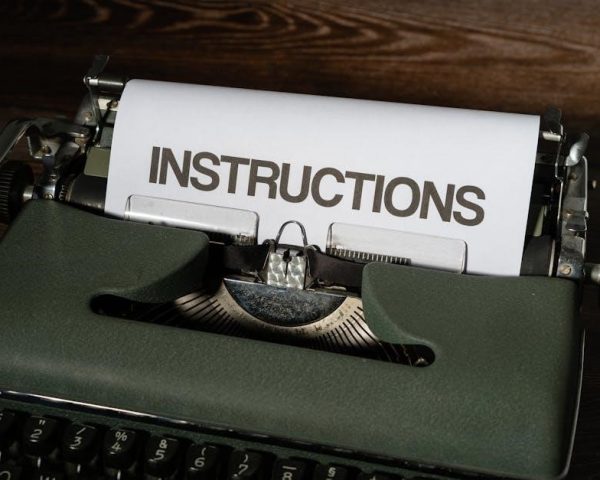Installing a remote start system on a manual transmission car is possible with specialized systems designed for manual vehicles, ensuring safety, convenience, and proper functionality.
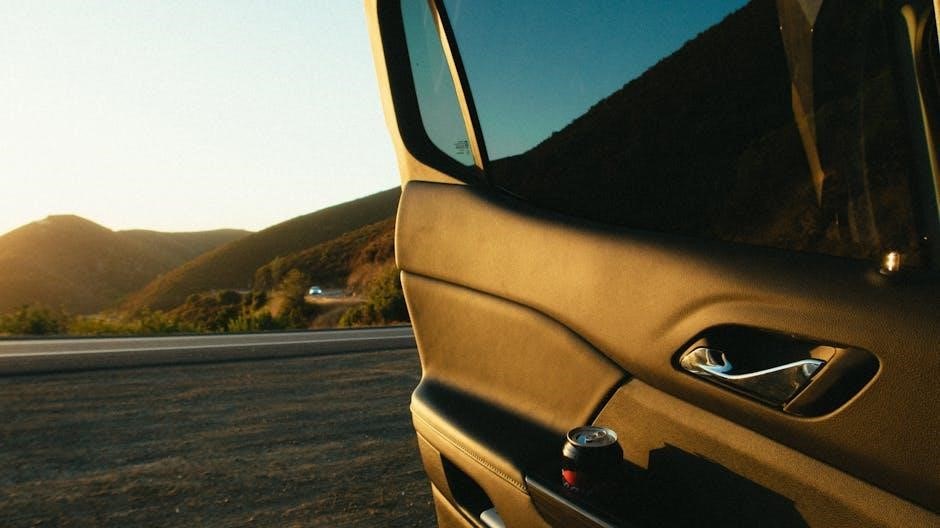
What is a Remote Start System?
A remote start system allows you to start your car’s engine from a distance using a key fob or smartphone app, designed for safety and compatibility.
Definition and Purpose
A remote start system is a technology that enables users to activate their vehicle’s engine from a distance using a remote control or smartphone app. Its primary purpose is to enhance convenience, allowing drivers to preheat or cool their car before entry. For manual transmission vehicles, these systems must include additional safety features to prevent accidental starts and ensure proper functionality. The goal is to provide a seamless and secure way to start the car remotely while addressing the unique challenges of manual transmissions.
How Remote Start Systems Work
A remote start system operates by sending a signal from a remote control or smartphone app to the vehicle’s control module. This module then activates the ignition and starter motor, turning on the engine. For manual transmission vehicles, the system must confirm the car is in neutral and may use sensors or a clutch safety switch bypass to ensure safe starting. Once activated, the engine runs until the driver enters the vehicle and engages the brakes or clutch, maintaining convenience and security throughout the process.
Can You Install a Remote Start on a Manual Car?
Yes, remote start systems can be installed on manual cars, but they require specific safety features and neutral gear confirmation to ensure proper and secure operation.
General Possibility
Installing a remote start system on a manual car is feasible with the right equipment and precautions. Modern systems are designed to accommodate manual transmissions, ensuring safe operation. The car must be left in neutral gear to avoid unintended movement. Specialized sensors or bypass modules are often required to override the clutch safety switch, enabling remote starting. Compatibility varies by vehicle, so choosing the correct system is essential for proper functionality and safety. Professional installation is recommended to ensure all safety protocols are met and potential risks are mitigated effectively.
Specific Requirements for Manual Transmissions
Manual cars require specialized remote start systems to ensure safe operation. The vehicle must be left in neutral gear, and a clutch safety switch bypass is often necessary. Additional sensors may be needed to monitor gear position and prevent accidental starting in gear. Compatibility with diesel engines and non-US market vehicles may require specific adjustments. Professional installation is highly recommended to ensure all safety protocols are met. Brands like Compustar and Viper offer systems designed for manual transmissions, providing reliable performance and peace of mind for drivers.
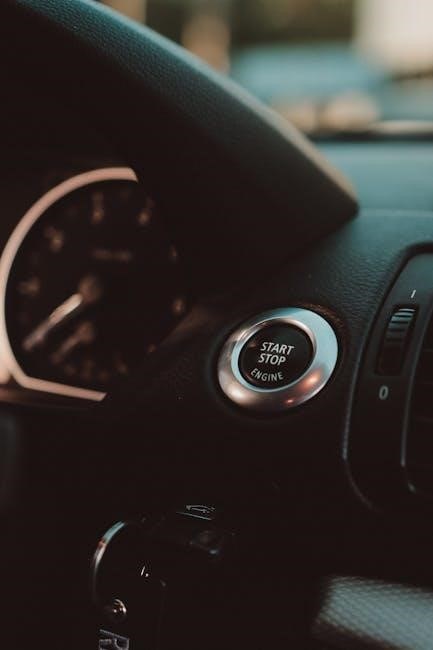
Benefits of a Remote Start System
A remote start system offers convenience, comfort, and enhanced security, allowing you to start your car from a distance and ensuring a smooth driving experience.
Convenience and Comfort
A remote start system provides unparalleled convenience, allowing you to start your car from a distance, ensuring it’s warm in winter or cool in summer. This feature saves time and eliminates the need to physically access your vehicle before driving. For manual transmission cars, it offers the same comfort as automatic vehicles, with the added benefit of advanced safety sensors. The system ensures a smooth start without requiring physical interaction, making your daily commute more enjoyable and stress-free. It’s designed to enhance your driving experience while maintaining safety standards for manual cars.
Added Security Features
Remote start systems often include enhanced security features, such as two-way communication and alarm integration, ensuring your car remains protected. These systems alert you to potential breaches and deter theft. For manual cars, they incorporate safety sensors to prevent unauthorized starts, adding a layer of security without compromising ease of use. This integration ensures your vehicle is both convenient to use and secure, offering peace of mind with every start. Advanced systems like Compustar and EasyGuard provide reliable security solutions tailored for manual transmissions.
Key Considerations for Manual Transmission Vehicles
Remote starts for manual cars require safety sensors, neutral gear positioning, and clutch safety switch bypasses to ensure safe and proper functionality, avoiding unintended vehicle movement.
Safety and Liability Concerns
Remote start systems on manual cars pose risks if not installed correctly, such as unintended vehicle movement. Proper installation is crucial to prevent accidents and legal issues. Safety sensors are essential to ensure the car remains stationary when started remotely. Improper bypassing of the clutch safety switch can lead to liability concerns. Always ensure compliance with local regulations and manufacturer guidelines to avoid potential hazards and legal repercussions.
Neutral Gear Requirement
For a remote start system to function safely on a manual car, the vehicle must be left in neutral gear. This ensures the car cannot move when started remotely, preventing accidents. Always confirm the transmission is in neutral before initiating remote start. Some systems include sensors to verify the gear position, adding an extra layer of safety. Failure to adhere to this requirement can result in unintended vehicle movement and potential damage or harm.
Clutch Safety Switch Bypass
A clutch safety switch bypass is necessary for remote starting a manual car, as it allows the engine to start without pressing the clutch. This bypass involves modifying the switch to simulate engagement, ensuring the car starts safely. Proper installation is crucial to prevent unintended movement or damage. Always use specialized systems designed for manual transmissions to maintain safety and functionality. Improper bypassing can lead to legal or safety issues, so professional installation is recommended.
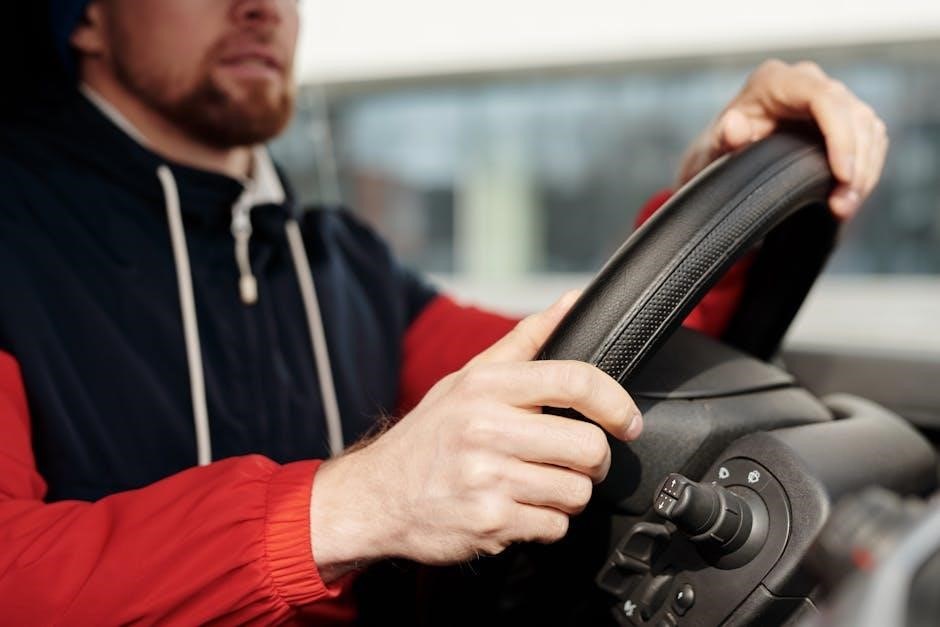
How to Use a Remote Start on a Manual Car
Press the remote start button to activate the system, ensuring the car is in neutral gear. The engine will start without requiring manual clutch engagement, providing convenience and ease of use while maintaining safety protocols.
Step-by-Step Instructions
Ensure the vehicle is in neutral gear and apply the parking brake. 2. Press the remote start button on your key fob. 3. The engine will start automatically. 4. Confirm the car remains stationary. 5. Exit the remote start mode by pressing the button again or starting the car normally. Always follow the manufacturer’s guidelines for safe operation, especially with manual transmissions, to avoid accidental movement or damage.
Importance of Leaving the Car in Neutral
Leaving the car in neutral is crucial for safe remote starting of a manual transmission vehicle. This prevents the car from moving unexpectedly when the engine starts. Always ensure the parking brake is engaged and the transmission is in neutral to avoid accidental vehicle movement. Failing to do so can lead to damage or safety hazards. This step is essential for proper functionality and ensures the remote start system operates safely and effectively, especially in manual vehicles.
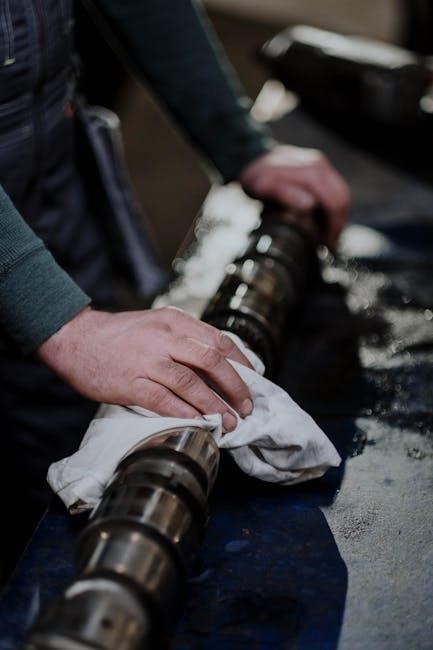
Recommended Remote Start Systems for Manual Cars
Top choices include Compustar, EasyGuard, and Viper systems, each offering advanced features like two-way communication, security integration, and compatibility with manual transmissions for reliable performance.
Compustar Remote Start Systems
Compustar stands out as a top choice for manual transmission vehicles, featuring their innovative DAS-II Security Sensor. This technology ensures safe remote starting by verifying the car is in neutral, eliminating accidental starts. Designed for compatibility with nearly any manual car, Compustar systems offer reliable performance and ease of use. With options for smartphone integration, users can enjoy advanced control and monitoring. Known for their durability and customer support, Compustar systems are a preferred solution for drivers seeking convenience without compromising safety or functionality.
EasyGuard 2-Way Car Alarm System
The EasyGuard 2-Way system combines remote start functionality with robust security features, making it ideal for manual cars. Its two-way communication ensures confirmation of commands, while the alarm system deters theft. Designed for manual transmissions, it requires the car to be in neutral for remote start, ensuring safety. The system supports vehicles globally and is known for reliability and user-friendly operation, providing peace of mind and convenience for drivers.
Viper Remote Start Systems
Viper remote start systems are renowned for their compatibility with manual transmission vehicles, offering seamless integration and ease of use. They feature advanced two-way communication, providing confirmation of remote commands. Viper systems are designed to work with both manual and automatic transmissions, ensuring a smooth remote start experience. Additionally, they support diesel engines with an optional timer-delay switch for added functionality. Known for their reliability and innovative technology, Viper systems are a popular choice for drivers seeking convenience and security in their manual cars.

Installation Process
Installing a remote start system involves wiring, sensors, and bypass modules. While DIY kits are available, professional installation is recommended for complex manual vehicles to ensure safety and functionality.
DIY Installation vs Professional Installation
DIY installation is possible but requires technical knowledge and tools. Manual transmissions need additional components like clutch bypass switches, increasing complexity. Professional installers ensure proper setup and safety, reducing risks of errors or legal issues. They also provide warranties and support, making it a safer choice for ensuring reliability and compliance with vehicle-specific requirements. Professional installation is highly recommended for manual vehicles to avoid potential pitfalls and ensure seamless functionality. It guarantees optimal performance and peace of mind for drivers.
Key Components Needed for Installation
The installation of a remote start system on a manual car requires specific components, including a bypass module, neutral gear sensor, and clutch safety switch bypass. A wiring harness and remote starter module are essential for proper functionality. Additionally, a DAS-II Security Sensor ensures safety by monitoring the vehicle’s state. A T-harness may be needed for seamless integration with the car’s electrical system. These components work together to enable remote starting while maintaining safety and legal compliance, especially for manual transmissions.
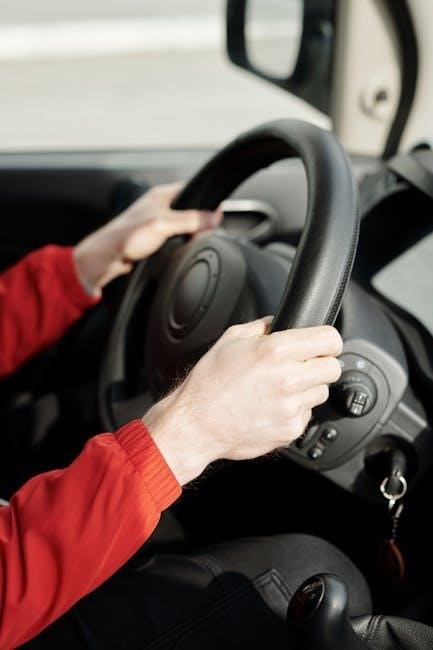
Remote Start Compatibility
Remote start systems are compatible with manual cars, but specific models like Compustar and Viper are recommended. Compatibility varies, with some systems not supporting non-US vehicles or hybrids.
Manual Transmission-Specific Sensors
Manual transmission-specific sensors, like Compustar’s DAS-II, ensure safe remote starting by monitoring gear position. These sensors verify the car is in neutral, preventing accidental starts in gear. They are essential for manual vehicles, as they override the clutch safety switch and maintain system reliability. Advanced sensors communicate with the remote start module, ensuring the vehicle remains in a safe state during remote activation. This technology addresses unique challenges in manual cars, providing a secure and efficient solution for remote start functionality.
Compatibility with Diesel Engines
Remote start systems can be compatible with diesel engines, but they often require additional adjustments. Diesel engines may need a timer-delay switch to account for their longer cranking times; Most modern remote start systems support diesel vehicles, but proper installation is crucial to ensure smooth operation. Some systems include specific diesel engine settings to optimize performance. Compatibility ensures that diesel-powered manual vehicles can also benefit from remote start functionality, provided the necessary modifications are made during installation.
Non-US Market Vehicles
Remote start systems may have limited compatibility with manual transmission vehicles from non-US markets due to differences in electrical systems and regulations. Some systems, like the Banvie Car Alarm System, explicitly exclude non-US manual vehicles. However, brands such as Compustar offer solutions with international compatibility, provided specific installation requirements are met. It’s essential to verify the system’s compatibility with your vehicle’s make and model before installation. Professional consultation is recommended to ensure proper functionality and adherence to local regulations.
Troubleshooting Common Issues
Common issues include the car not starting, often due to not being in neutral or clutch safety switch problems. Resetting the remote starter usually resolves these issues.
Resetting the Remote Starter
To reset the remote starter, remove the battery from the remote, wait 15 seconds, and reinstall it. This simple process often resolves connectivity or functionality issues. If problems persist, consult the user manual or contact a professional installer to ensure proper system calibration and avoid further complications.
Common Problems and Solutions
Common issues with remote starts on manual cars include failure to start, improper gear position, or malfunctioning sensors. Ensure the vehicle is in neutral and the clutch safety switch is properly bypassed. If the system fails to engage, check the remote battery or signal strength. For persistent problems, consult a professional installer to verify compatibility and wiring. Regular system checks and updates can prevent recurring issues, ensuring reliable performance and safety. Always follow manufacturer guidelines to address and resolve any operational concerns effectively.
Legal and Safety Considerations
Ensure compliance with local laws regarding remote starts. Safety features like neutral gear verification and clutch safety switches are crucial to prevent accidents and legal liabilities.
Local Laws and Regulations
Before installing a remote start on a manual car, check local laws regarding remote start systems. Some regions have specific regulations about engine operation without a driver present. Insurance requirements may also apply. Ensure compliance with safety standards to avoid legal issues. In some areas, remote starts must meet specific emission or noise regulations. Additionally, certain systems may not be approved for use in non-US market vehicles. Always verify the legality of your remote start system in your jurisdiction to maintain compliance and avoid penalties.
Safety Features to Ensure Proper Functioning
Remote start systems for manual cars require critical safety features to prevent accidents. A neutral gear sensor ensures the vehicle is in neutral before starting. A clutch safety switch bypass allows remote starting while maintaining safety protocols. Brake pedal sensors detect if the brake is pressed, preventing unintended movement. Some systems include a kill switch for emergency shutdown. Regular system checks are essential to ensure all safety mechanisms function correctly, reducing liability risks and ensuring proper operation of the remote start system.
Installing a remote start system on a manual transmission car is feasible with the right equipment and precautions. Specialized systems ensure safety and functionality, preventing accidental movement. Proper installation, including neutral gear sensors and clutch safety switches, is crucial. These systems offer convenience, comfort, and enhanced security. Always choose reputable brands like Compustar or Viper for reliability. Consulting a professional installer is recommended to ensure compliance with safety standards and optimal performance.

